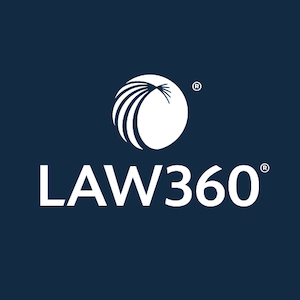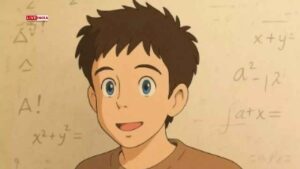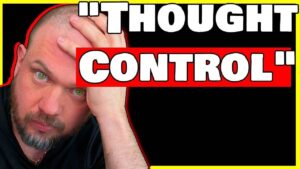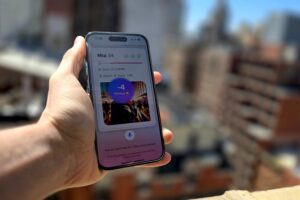OpenAI’s Ghibli Moment Takes an Unexpected Turn

Understanding the Impact of AI on Animation and Creativity
In recent times, the innovative intersection of artificial intelligence (AI) and animation has captured global attention. Tools like OpenAI’s image-generation feature have sparked a massive shift in creative processes, combining the unique visions of established creators with the capabilities of cutting-edge technology. This evolution not only enhances the way artists work but also raises questions about the authenticity and quality of AI-generated art.
The Surge of AI Tools in Animation
The popularity of AI-driven tools has surged, especially with the rise of ChatGPT and similar applications. For instance, Sam Altman, the CEO of OpenAI, reported that after the launch of a new image-generation feature, one million users signed up within just one hour. This rapid adoption highlights the demand for AI tools in creative industries, especially within animation and visual storytelling.
Key Features of AI in Animation
- Image Generation: AI can create stunning visuals and animations based on simple prompts, allowing artists to explore new ideas without the usual time constraints.
- Story Creation: Advanced algorithms can analyze trends and generate compelling storylines or character arcs, offering fresh perspectives to writers.
- Streamlining Workflows: By automating repetitive tasks, AI frees up time for animators to focus on creativity and innovation.
Criticism and Challenges of AI in Animation
Despite the advantages, there is considerable debate regarding the quality of AI-generated content. Critics argue that while AI can imitate or mimic styles, it often lacks the emotional depth and nuanced storytelling that comes from human experience. For instance, a piece in The New Yorker discusses the limitations of AI-generated films inspired by renowned directors like Hayao Miyazaki, suggesting that AI’s understanding of emotional context is superficial at best.
Reasons for Concern
Quality of Art: Many believe that AI-generated creations often miss the emotional resonance that traditional animation holds. Presenting a rich narrative is sometimes lost when machines create the art.
Impact on Employment: As AI tools become more capable, there’s apprehension about how they may affect job opportunities for artists and animators. Some fear that reliance on AI could result in fewer positions in the animation industry.
- Authenticity and Ownership: Questions around authorship arise; if an AI program creates artwork, who holds the rights? This dilemma complicates the merging of traditional art forms and AI technology.
The Future of Animation with AI
As animation technology continues to evolve, the collaboration between AI and commercial creativity holds great potential. Early experiments indicate that AI can serve as a powerful partner in the creative process rather than a replacement.
Possible Advantages
- Expanding Creativity: AI could allow artists to explore uncharted territory by suggesting ideas they may not have considered.
- Faster Production: The automation of routine tasks may lead to quicker production times, enabling studios to bring projects to life at a faster pace.
Enhancing Artistic Expression
Artists are encouraged to view AI tools as a means to augment their creativity rather than replace it. By leveraging AI, creators can push the boundaries of animation, weaving complex stories and delivering rich visuals that resonate with audiences on a deeper level.
In summary, the integration of AI into animation offers both opportunities and challenges. The journey of exploring and refining these technologies will likely continue to shape the creative landscape, fostering a new era in how stories are told through animation and art. While the artistic merits of AI-generated content are still being debated, it’s undeniable that these developments have begun to revolutionize the industry.





